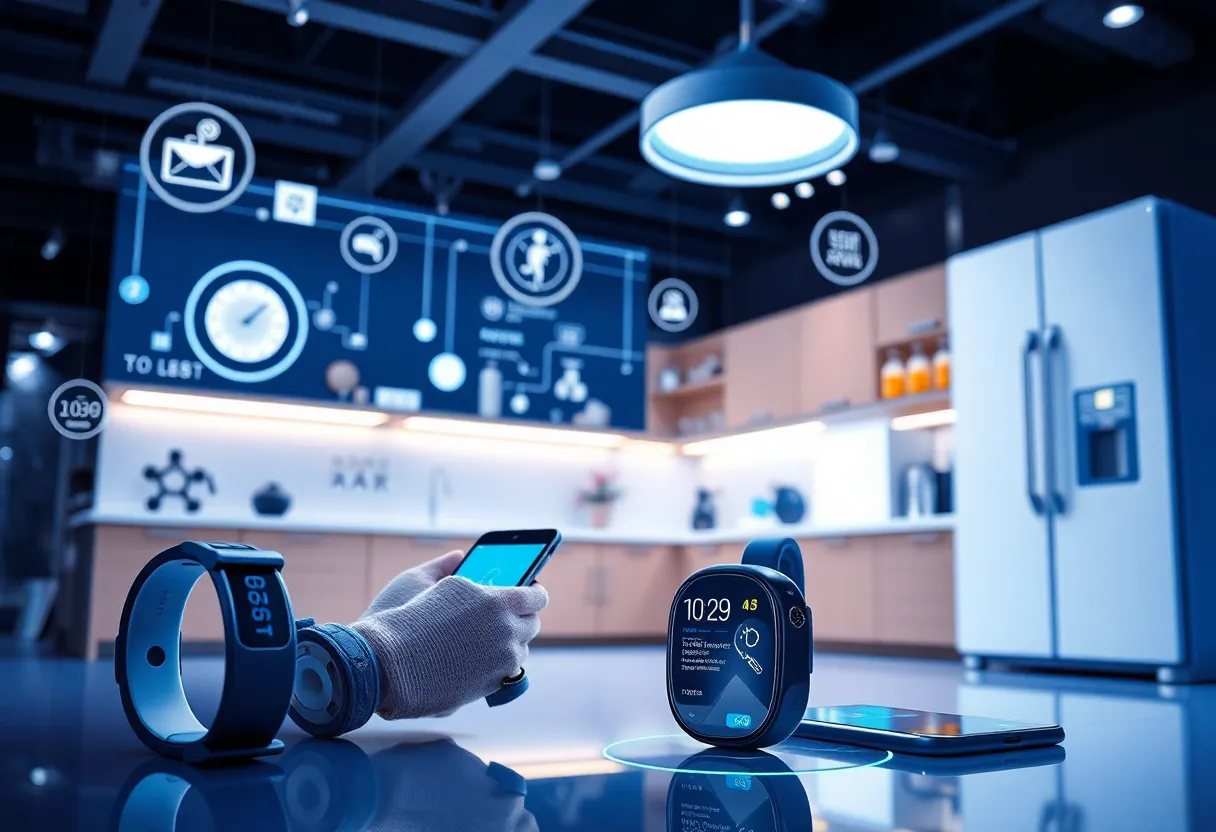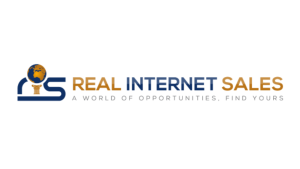News Summary
The rise of the Internet of Things (IoT) is transforming digital marketing strategies in 2025, enabling businesses to leverage data from connected devices. Companies now have unparalleled access to consumer behaviors and preferences, leading to more personalized experiences and innovative marketing techniques. As marketers embrace IoT technology, they face the dual challenge of maximizing consumer engagement while ensuring privacy.
How IoT is Reshaping Digital Marketing Strategies in 2025
In this fast-paced digital world, we’re witnessing an exciting transformation in the way businesses reach out to their customers. With the rise of the Internet of Things (IoT), digital marketing strategies are evolving dramatically. Now, more than ever, companies have access to a treasure trove of data collected from connected devices, which is making it easier for marketers to understand consumer behaviors and preferences.
The Data Goldmine of IoT Devices
So, what exactly is this IoT? In simple terms, it’s a network of devices—think fitness trackers, smart home appliances, and even apps that help with booking—all designed to collect data and share it via the internet. This vast array of information provides marketers with an opportunity to glean valuable insights. By identifying patterns and predicting customer behavior, brands can tailor their offerings like never before.
Personalization at Its Best
Imagine this: you just finished your workout, and your fitness tracker pings you with a tempting offer for a discounted gym membership. All this is possible thanks to real-time contextual messaging powered by IoT data. Consumers today expect instant services, and the IoT can oversee functions such as a smart fridge automatically ordering milk when supplies run low—no more late-night trips to the grocery store!
A Bright Future for Digital Advertising
Every connected device represents not only a data point, but also an advertising opportunity. This means that brands can connect with customers in unique ways that feel more integrated into their lives. As digital marketing shifts to a ‘Mobile First’ approach, marketers are now focusing on integrating various devices like tablets and smart appliances to engage their audience.
Power of Predictive Analytics
One of the most significant benefits of IoT is how it feeds machine learning algorithms, enhancing predictive analytics for marketers. They can track customer interactions across various channels to discover which marketing strategies are most effective. With tools like attribution analytics, understanding consumer engagement is now more comprehensive, helping brands make more informed decisions.
The Need for Investment in Digital Marketing Platforms
However, all this data comes with its own set of challenges. Marketers will need to invest in sophisticated digital marketing platforms to manage and interpret the volume of information generated by IoT devices effectively. This means integrating sensors, analytics, and app development focused on IoT, shaping how marketing strategies are executed through mobile technology.
Balancing Engagement and Privacy
Creating personalized yet non-intrusive experiences is a challenge marketers must navigate. It’s essential for companies to prioritize consumer privacy. Ensuring secure use of devices, data encryption, and transparency regarding data usage will be crucial in gaining consumer trust. Notably, a significant 86% of marketers are already implementing or planning to use IoT technology in their campaigns.
Granular Insights and Swift Decisions
Another remarkable advantage of IoT is that it allows companies to gather granular, real-time data—something traditional methods like customer surveys simply can’t compete with. This quick access to information empowers marketers to make swift decisions, like adjusting prices based on current supply levels and consumer demand.
The Impact on Retail and Customer Experience
In retail, IoT devices provide a detailed analysis of customer behavior, enhancing the shopping experience and operational efficiency. Imagine walking into a store and receiving tailored offers based on your location, thanks to technologies like GPS and beacons. Consumers are now benefiting from seamless journeys between online and offline experiences, thanks to the integration of IoT.
Conclusion: A Shift Towards Gamification and Engagement
As brands tap into the potential of IoT, we see exciting innovations like smart fitting rooms that offer real-time assistance during purchasing. By leveraging IoT for gamification, companies are enhancing customer engagement and encouraging community sharing of product experiences. Truly, the IoT revolution in digital marketing is not just changing how businesses interact with customers but is also helping to create enriched, satisfying experiences that we can all enjoy!
Deeper Dive: News & Info About This Topic
HERE Resources
Portland Welcomes New Leadership at Nike
Seattle Seahawks and Cleveland Browns Adapt Strategies in Intense NFL Face-off
Week 2 NFL Matchup Preview: Analysts Weigh In on Key Games and Predictions
NFL 2024 Season Kickoff: Exciting Matchups and Key Player Changes to Watch
Week 1 NFL Betting Preview: Opportunities Await in 2024 Season
NFL Preseason Finale: Rookie Quarterbacks Shine as Teams Gear Up for Cutdown Day
What’s Happening in Website Development Today?
Additional Resources
- Spiceworks: 5 Ways IoT is Changing Digital Marketing
- Wikipedia: Internet of Things
- TechTarget: How to Use IoT for Marketing
- Google Search: IoT in Marketing
- Spiceworks: Marketing in the Era of IoT
- Google Scholar: IoT Digital Marketing
- IoT Business News: Must-Attend Marketing Conferences in the UK
- Encyclopedia Britannica: Internet of Things
- Forbes: How the Internet of Things is Changing Online Marketing
- Google News: IoT Marketing







